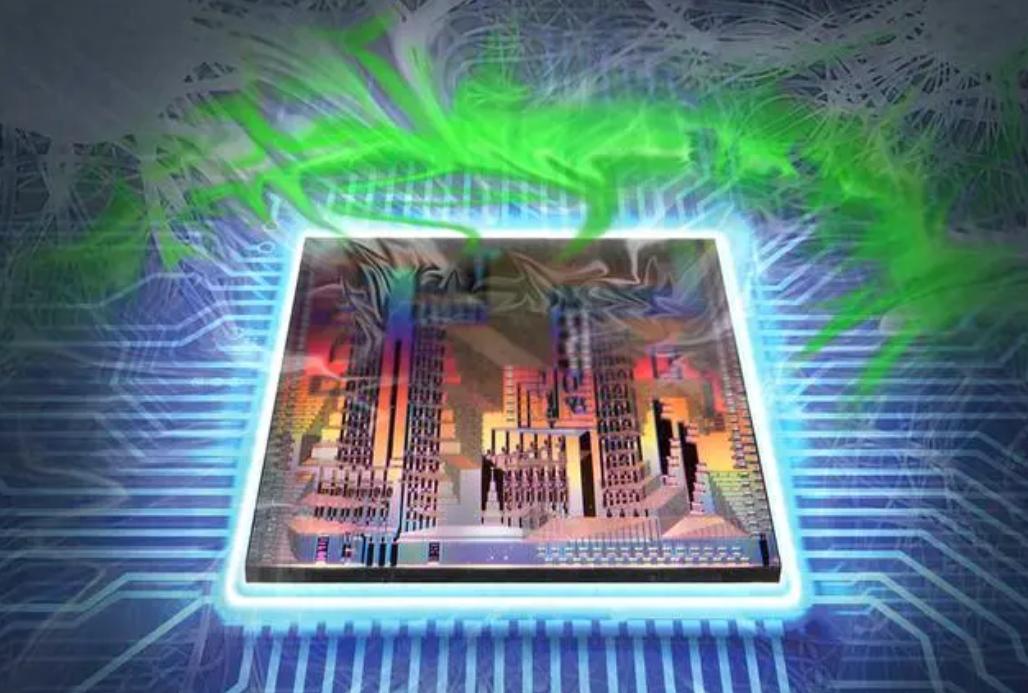
Today, the increasing size and complexity of deep neural network models are challenging the performance of traditional computing hardware while providing powerful support for high-intensity machine learning applications. A team of MIT scientists and their foreign colleagues have created what they claim is the first full-photon processor for artificial intelligence applications. Photonic processors work no worse than silicon transistor processors, but perform calculations with much less power. This is especially important for creating "thinking" peripherals (liDAR, cameras, communication devices, etc.), and now a direct path to these peripherals has been opened.
MIT's development of fully integrated photonic processors will have a complex and multifaceted impact on technology. The first is the impact on the innovation of computing technology, the emergence of fully integrated photon processor marks a major innovation of computing technology. Traditional electronic computing has been faced with bottlenecks in processing speed and energy efficiency, but photon processors use the speed of light propagation and extremely high bandwidth to achieve ultra-high-speed data processing. This feature allows photonic processors to perform complex computational tasks faster than conventional electronic processors. The photon processor generates almost no heat in the process of processing data, thus achieving high energy efficiency. This advantage allows the photonic processor to significantly reduce power consumption in applications that require long running times and high energy consumption. This change will drive computing to become more efficient and environmentally friendly.
The second is the impact of the promotion of the field of artificial intelligence, photon processors have shown great potential in AI computing. Its high-speed, low-energy characteristics enable the training and reasoning process of AI models to be completed faster, thus accelerating the development and application of AI technology. In the field of deep learning and machine learning, photon processors are able to process large data sets faster, improving the training efficiency and accuracy of models. The ability to multithread also provides new possibilities for the processing of large data sets and can provide powerful support for training large models. This will help improve the performance and accuracy of AI models and promote the application of AI technology in more fields.
The third is the impact on scientific research and technological innovation accelerator, in the field of scientific research, the efficient computing power of the photon processor makes it have a wide range of application prospects in the scientific research in the field of Lidar, astronomy and particle physics. It can help scientists process and analyze data faster, driving the progress of scientific research, so that the high speed and low latency characteristics of the photon processor will enable scientists to obtain accurate results faster, accelerating scientific discovery and technological innovation. In areas such as intelligent manufacturing, medical image analysis and financial risk assessment, the ultra-efficient computing power of photonic processors will help improve the accuracy and efficiency of decision making. In addition, it is expected to play an important role in areas such as high-speed communications, driving innovation in industrial applications.
In summary, the fully integrated photon processor developed by MIT will have an abyss impact on many aspects in terms of science and technology, such as the innovation of computing technology, the promotion of artificial intelligence, scientific research and technological innovation accelerator. The emergence of this technology will bring more innovation and progress to human society, and we need to actively respond to these changes and challenges, make full use of the advantages of photon processors, and promote the progress and development of science and technology.

Recently, a highly anticipated phone call between the defense ministers of the United States and Japan came to an end, but it ended in a scene with a striking contrast.
Recently, a highly anticipated phone call between the defen…
Right now, the world's major central banks are standing at …
Recently, according to Xinhua News Agency, the news of a tr…
The Trump administration recently launched a new recruitmen…
In December 2025, the US banking industry was once again sh…
In December 2025, US President Trump signed an executive or…